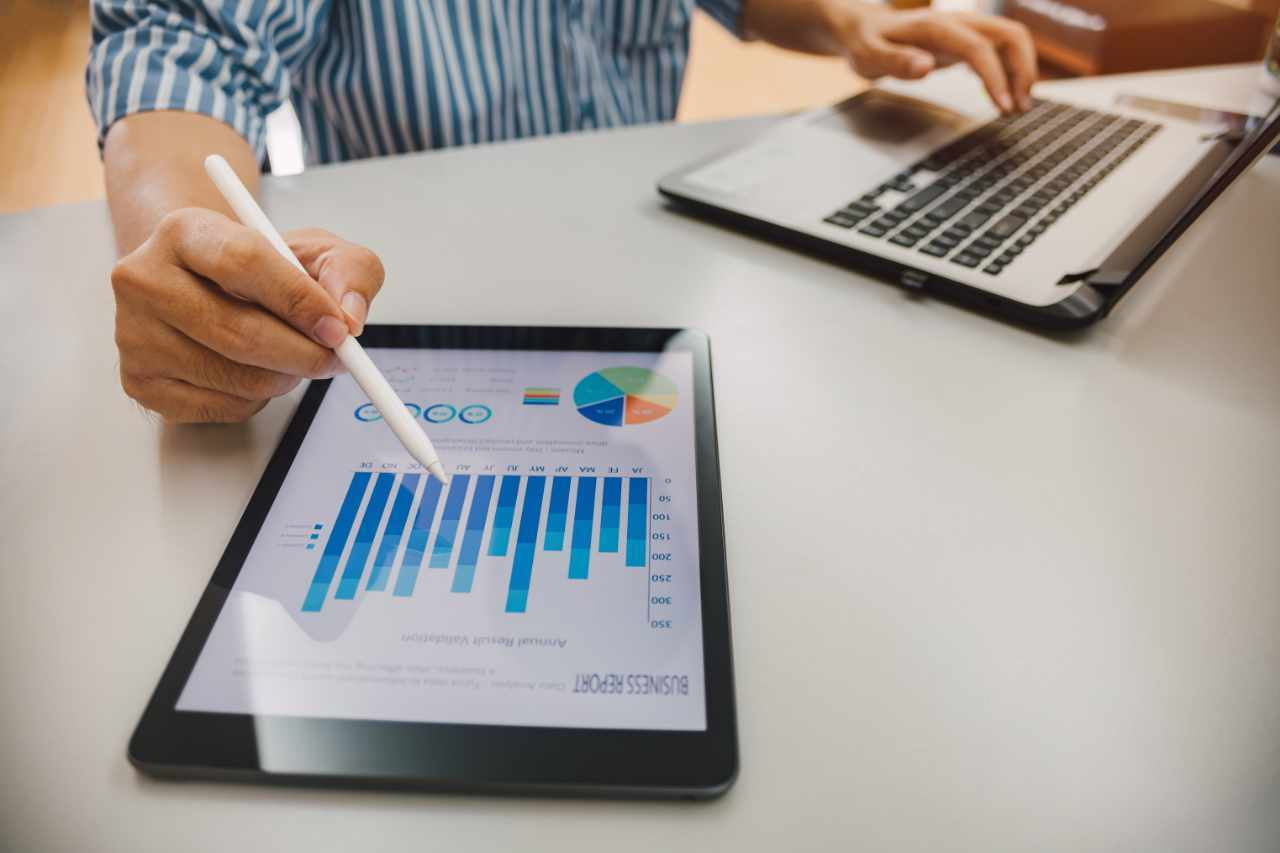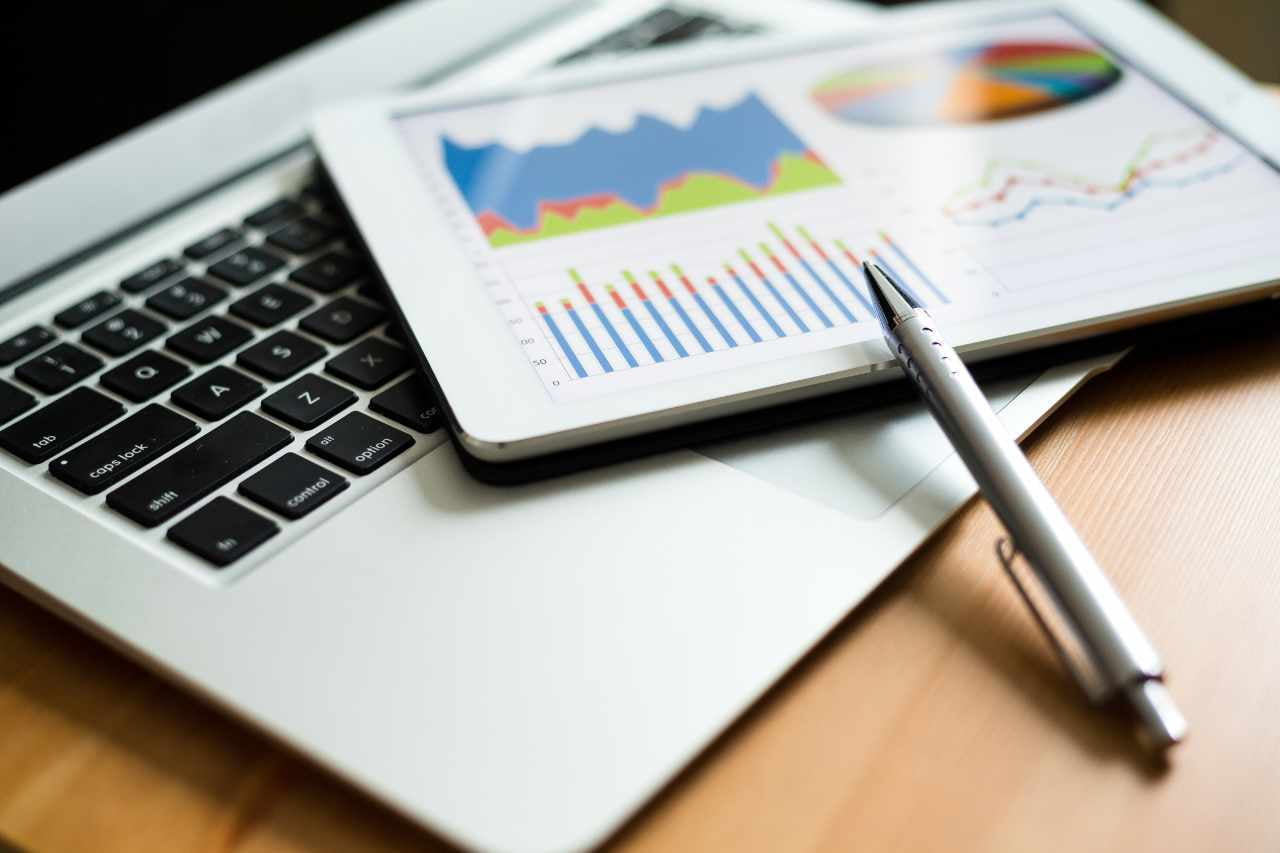
Predictive Analytics is a branch of data analysis that forecasts future events based on past data. It allows you to understand your customers' behavior and provide them with tailored products and services that cater to their needs and preferences. In this guide, we’ll present the most effective ways to incorporate predictive analytics into your business. These steps aim to help you get started and reach your business objectives through insightful predictions.
What is Predictive Analytics?
What is Predictive Analytics?
Predictive analytics is a data-driven approach to forecasting future events or customer behavior. It is widely utilized in various industries, such as marketing, sales, and customer service. Businesses can predict how customers will behave in the future based on their past behavior. This helps them tailor their marketing campaigns and sales efforts to target customers who are more likely to respond positively to their offerings.
Additionally, it can be used to predict how customers will react to changes made to a company's website or product offerings. By analyzing customer interactions on the website, companies can ensure they present information in a manner that resonates with customers. Finally, predictive analytics can enhance customer service by predicting which customers may require additional attention. This allows your support staff to allocate their time efficiently, providing the right care to each customer.
Types of Predictive Modeling
Types of Predictive Modeling
Predictive analytics models are designed to analyze historical data, identify patterns, detect trends, and use that information to forecast future trends. Three popular types of predictive analytics models are classification, clustering, and time, series models.
Classification Models
Classification models are part of supervised machine learning models. They categorize data based on historical information, exploring relationships within the dataset. For instance, this model can be used to classify prospects or customers into groups for segmentation purposes. It can also answer binary questions, such as "yes" or "no," for use cases like fraud detection and credit risk evaluation.
Clustering Models
Clustering models fall under unsupervised learning and group data based on similar attributes. For example, an e-commerce site can use this model to divide customers into similar groups based on shared characteristics and develop marketing strategies for each group.
Time Series Models
Time series models use various data inputs at a specific time-frequency, such as daily, weekly, or monthly. The dependent variable is often plotted over time to identify seasonality, trends, and cyclical behavior, which may require specific transformations and model types. An example application is a call center using a time series model to forecast call volume per hour at different times of the day.

Types of Data That Can Be Used for Predictive Analytics
Predictive analytics utilizes different types of data to make informed predictions. The four main types of data used are:
Demographic data:
This data contains information like age, gender, location, and personal details of people. It is commonly used to predict product or service purchases and analyze customer trends over time.
Behavioral data:
This data covers people's behavior patterns, such as their shopping habits and preferences. It is utilized to target ads and content to the right audience.
Social media data:
his data tracks who is talking about what on social media platforms and how these conversations change over time. It is utilized to gauge popular topics and discover marketing opportunities.
Economic data:
This data encompasses economic trends such as inflation rates and GDP growth rates. It is used to make business decisions based on predictions about future customer behavior.
Why Use Predictive Analytics?
Improved Data Security:
Reduced Risk:
Increased Operational Efficiency:

Effective Ways to Use Predictive Analytics
Predictive analytics is becoming increasingly popular among businesses seeking to optimize their operations and make data-driven decisions. Here are some of the key ways to integrate predictive analytics into your business strategy:
Create a Data Science Team
Having a dedicated team with a wide range of expertise can help you extract maximum value from the data collected. The team will be equipped to conduct impactful predictive analysis, helping your business make the most of its information.
Profile Your Best Customers
Profiling your best customers will give you insight into their purchase history, activities, reviews, and reasons for choosing your products. This will allow you to understand what your customers want, predict their future actions, and target your marketing efforts effectively.
Optimize Marketing Campaigns and Activities
Predictive analytics can help you analyze past marketing campaigns, customer preferences, and market trends to create effective marketing strategies. This will provide you with a deeper understanding of the market and allow you to create campaigns that resonate with your target audience.

Choose the Right Price and Discount
By analyzing customer data, you can set prices and offer discounts that will maximize profits while attracting the most buyers. This will help accelerate your sales pipeline and make your products and services more appealing to customers.
Calculate the Lifetime Value of the Customer
Data can help you determine the contribution margin of each customer and predict their future revenue potential. This information can be used to design products and services that align with your customer's needs, helping you retain them and generate more referrals.
Promote Cross-Selling
Predictive analytics can help you identify what your customers are looking for and provide them with personalized recommendations and reminders. For example, if a customer likes a winter coat, you can suggest matching boots with a special discount based on their preferences and browsing history.
Predictive Analytics Industry Use Cases
Predictive analytics can be applied across various industries to solve different business challenges. Here are some examples of industry use cases that demonstrate how predictive analytics can inform decision-making in real-world scenarios:
Banking:
Financial institutions employ machine learning and quantitative tools to predict credit risk and detect fraud. For instance, BondIT is a company that offers fixed-income asset management services and uses predictive analytics to adapt to dynamic market changes and customize services for clients while minimizing risk.
Healthcare:
Predictive analytics is utilized in healthcare to manage patient care with chronic conditions, as well as to track specific infections like sepsis.
Human resources (HR):
HR teams use predictive analytics and employee survey metrics to match job applicants, reduce employee turnover, and increase employee engagement. By combining quantitative and qualitative data, businesses can reduce recruiting costs and improve employee satisfaction, particularly in volatile labor markets.
Marketing and sales:
Marketing and sales teams use predictive analytics to engage with clients proactively throughout the customer lifecycle. Predictive analytics can help identify dissatisfied clients, advise on cross-sell strategies, and provide data-driven recommendations on websites.

Supply chain
Companies use predictive analytics to manage product inventory and set pricing strategies. This enables them to meet customer demand without overstocking, assess the cost and return of products over time, and make informed decisions about passing on additional costs to customers.
Practical Ways to Leverage Predictive Analytics in Marketing
Marketing is one of the best ways to leverage predictive analytics since it can help you create better campaigns, convert prospects into customers at a more efficient rate and retain more of your clients.
Targeting and Segmenting Your Audience
By leveraging demographic and behavioral information, you can divide your leads and customers into groups to create customized campaigns based on their position in the buyer's journey. This can help you effectively move prospects through the sales funnel and maintain engagement with current customers.
There are three primary ways of using predictive analytics for segmentation and targeting are:
- Affinity analysis: Group customers based on shared attributes.
- Response modeling: Predict how future customers will respond based on past customer reactions to specific stimuli.
- Churn analysis: Determine the percentage of customers lost during a specific period and the corresponding lost revenue or opportunity.
Distributing Targeted Content
Understand which content resonates well with your audience and their preferred channels to inform future content marketing decisions. By personalizing your content creation and distribution strategies, you can deliver a more tailored experience for leads, increasing the chances of moving them through the sales funnel and turning them into customers.
Predictive Customer Behavior
Combining data from past campaigns with demographic information can help you predict future customer behavior. Rating customers based on their likelihood to make a purchase or take specific actions enables you to know when and how to approach them through marketing.
Predictive Lead Scoring
Lead scoring helps in qualifying and prioritizing leads based on their interest, urgency, and authority to purchase, avoiding wasting resources on uninterested leads. Lead scores are assigned based on the buyer's journey, with higher scores indicating a more qualified lead. Data used to generate a lead score may include information submitted, actions are taken, and engagement with your brand across different channels. High-scoring leads can be passed to the sales team, low-scoring leads may not be worth pursuing, and medium-scoring leads may need additional marketing efforts to move them through the funnel.

Predicting Customer Lifetime Value
By using the same methods as in "Segmentation and Targeting of the Audience," you can also predict CLV. Analyzing historical data enables you to identify the most profitable customers, the highest ROI-generating marketing activities, and the most loyal audience segments. Knowing your CLV informs you of the value a customer brings to your business throughout their relationship, how much revenue it will bring in, and the cost of acquiring new customers. This helps in planning the marketing budget and expected ROI.
Acquiring New Customers
By using the same methods as in "Segmentation and Targeting of the Audience," you can also predict CLV. Analyzing historical data enables you to identify the most profitable customers, the highest ROI-generating marketing activities, and the most loyal audience segments. Knowing your CLV informs you of the value a customer brings to your business throughout their relationship, how much revenue it will bring in, and the cost of acquiring new customers. This helps in planning the marketing budget and expected ROI.
Finding Better Product or Service Fit
By analyzing customer behavior data, lead information, and historical purchase data, you can better understand what your customers want from you. You can then use this information to predict what they may need in the future and create new products/services to cater to their needs.
Upselling and Cross-Selling to Existing Customers
Using data on customer purchasing behaviors, you can cross-sell or upsell to them to increase profits. By identifying patterns in behavior, you can target your current customers more effectively. For example, if you run a marketing firm selling content marketing software and a complementary social media tool and find that 40% of customers who start with content marketing software also purchase the social media tool after 6-12 months, you can create a marketing campaign targeting current content marketing customers around the 6-month mark to raise your upsell rate to 60%.
Reducing Customer Churn Rating
The churn rate is the rate at which customers decide to stop doing business with you. For example, if you run a marketing firm and sign clients for yearly contracts, the churn rate could be defined as the percentage of regular clients you lose within a specific timeframe. By using predictive analytics, you can identify potential issues before losing a customer. If there's a trend, you can pinpoint where and when your business is going wrong and proactively address problems for your customers to prevent them from leaving.

Optimizing Marketing Campaigns
The more data you have, the better you can plan and execute your marketing campaigns. More precise targeting and messaging can lead to stronger, more genuine campaigns that connect with leads and customers, ultimately resulting in better outcomes. Predictive analytics reduces risks by minimizing guesswork and can drive faster growth and higher ROI for your organization. Incorporating these techniques may not guarantee success, but they can increase the chances of success by guiding future practices and decisions.
Use Predictive Analysis to Grow Your Business
In today's rapidly changing digital landscape, predictive analytics can be utilized to offer products and services that align with customer's needs and preferences, leading to greater customer satisfaction. With these powerful tools at hand, you can make informed decisions with confidence, ensuring a more successful outcome.


